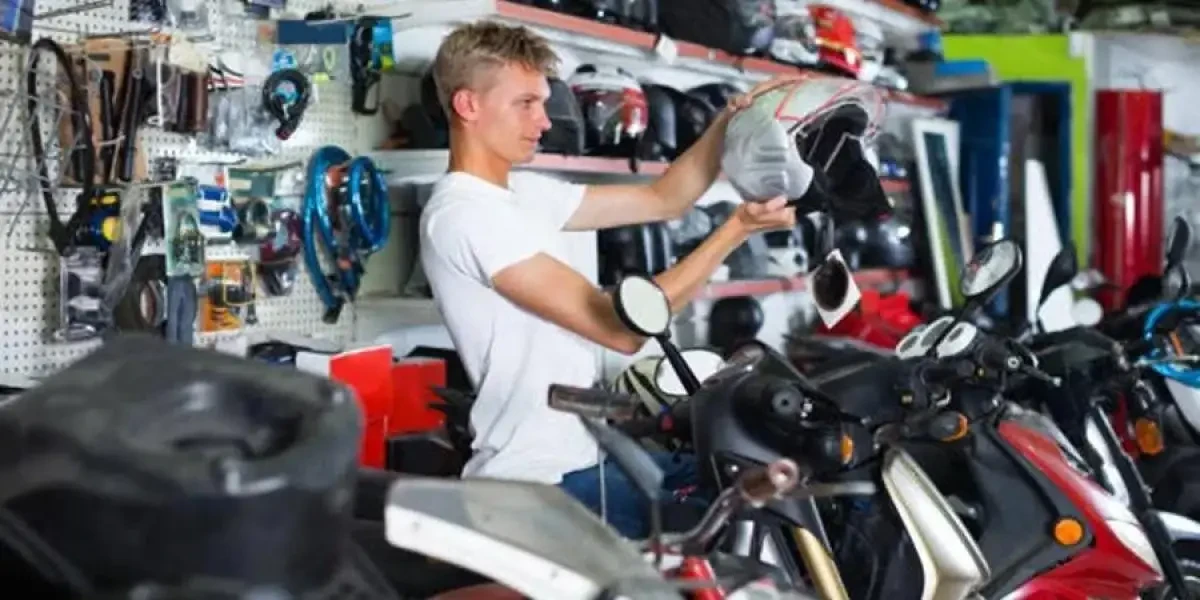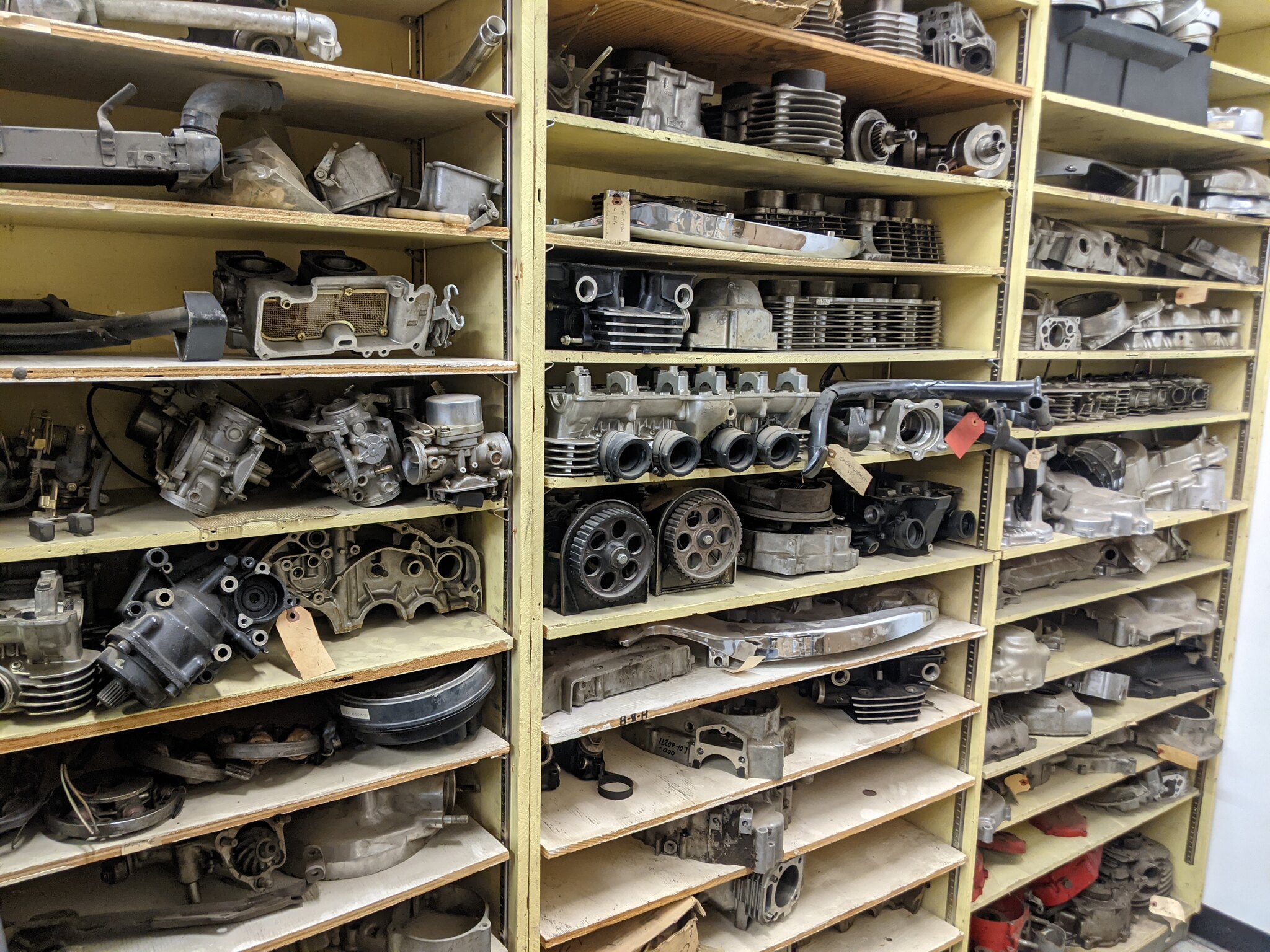Release Performance with Premium Motox Parts NZ Available Here
Understanding the Vital Parts of a Bike: A Comprehensive Overview for Fanatics
For motorcycle fanatics looking to raise their riding experience and ensure their bikes run efficiently, understanding the vital elements of a motorbike is paramount. Each component, from the engine's intricate workings to the essential duty of the braking systems, not only influences efficiency however additionally safety and comfort.
Engine Parts

The camshaft plays an important function in regulating the timing of the engine's valves, ensuring the specific opening and closing required for reliable gas and air consumption, along with exhaust expulsion. This timing is crucial to maintaining ideal engine efficiency and performance. In addition, the carburetor or gas shot system, depending on the motorbike design, is in charge of mixing air with fuel in the proper proportion for burning.
The cooling system, either air or liquid-based, works to maintain the engine's temperature within operational limitations, avoiding getting too hot and guaranteeing longevity - motorcycle parts nz. Each part, diligently designed and incorporated, contributes to the smooth procedure of the engine, defining the bike's power outcome and total performance
Transmission System
Indispensable to the bike's functionality, the transmission system guarantees efficient power transfer from the engine to the wheels. This system makes up several crucial elements, including the clutch, gearbox, and last drive, each playing a vital role in equating the engine's power into motion. The clutch, usually run by a hand bar, offers to disengage the engine and involve from the transmission, permitting smooth equipment adjustments and regulated velocity.
The transmission, commonly referred to as the transmission correct, has a collection of equipments that cyclists can manually shift with to change the bike's rate and torque outcome. These equipments are set up in a sequence that enables the motorcycle to increase smoothly and preserve optimum engine performance throughout different rates. Most bikes utilize a consecutive transmission, requiring the cyclist to move gears in an established order.
Braking Systems
While understanding the transmission system is key to using a motorcycle's power, similarly crucial is the capability to manage and stop that power successfully, which is where stopping mechanisms enter play. Brakes are critical for safety and performance, giving the rider with the essential control to navigate various terrains and conditions. Typically, bikes include 2 sorts of stopping systems: disc brakes and drum brakes.
Disc brakes are much more common in modern-day motorbikes due to their superior efficiency. This system provides better warmth dissipation, regular performance, and enhanced stopping power, especially in damp problems.
On the other hand, drum brakes, though less common, are still found in some motorbikes. They function by pushing brake footwear against the inner surface of a drum affixed to the wheel. While usually much less reliable in warmth dissipation and quiting power, drum brakes are easier and a lot more cost-efficient.
Understanding these stopping systems' subtleties enables riders to maintain their motorbikes appropriately and appreciate the engineering that guarantees safe and effective stopping.
Suspension and Guiding
Suspension and guiding systems are essential components that significantly affect a motorbike's handling and ride comfort. The suspension system, containing forks at the front and shock absorbers at the back, takes in roadway irregularities, enhancing stability and control. Front forks, inverted or usually telescopic, compress and rebound to alleviate effects, while rear shock absorbers maintain tire contact with the roadway, critical for grip and security.
Steering, centered around the handlebars, connects the rider to the motorcycle's directional control. The guiding head bearings make certain smooth procedure, enabling accurate maneuverability. Proper placement and upkeep of these bearings are vital for predictable steering feedback and lowering motorcyclist fatigue.
The suspension's adjustability is another essential element; preload, damping, and rebound settings you could check here permit modification retro motorcycle clothing to fit various riding conditions and styles. This versatility is vital for maximizing performance, whether navigating city streets or taking on tough trails. Technologies like electronic suspension systems supply real-time modifications, enhancing adventure high quality throughout varied terrains.

Electric Systems
After making certain a smooth and controlled trip via effective suspension and guiding systems, interest turns to the electrical systems, a pivotal element of modern motorbikes. These systems play an important role not just in starting the engine but likewise in powering various components that enhance the functionality and safety and security of the bike.
At the heart of a bike's electric system is the battery, which stores electrical power required for starting the engine and powering complementary systems - mx parts nz. The alternator or generator, coupled with the rectifier-regulator, makes sure the battery stays charged while the bike is in operation, transforming power right into electrical energy and keeping voltage levels
The ignition system, one more essential part, is in charge of sparking the air-fuel mixture in the engine's cyndrical tubes. Modern motorcycles frequently use an electronic ignition system, offering higher effectiveness and integrity compared to standard systems.
Lights systems, consisting of headlights, tail lights, and indicators, are also street bike riding boots vital, guaranteeing exposure and safety for the cyclist. Extra electronic components such as sensing units, control devices, and presents add to innovative functions like fuel injection monitoring, anti-lock stopping systems (ABS), and electronic control panels, even more improving the riding experience.
Conclusion
A complete understanding of a motorcycle's vital parts, consisting of the engine, transmission system, braking systems, suspension, steering, and electrical systems, is important for lovers aiming to optimize comfort, performance, and security. Mastery of these components enables educated decisions relating to maintenance and upgrades, eventually boosting the riding experience. By integrating this expertise, riders can guarantee their bikes operate at peak effectiveness and reliability, thus optimizing both enjoyment and durability of their lorries.
For motorcycle fanatics looking to boost their riding experience and ensure their bikes run smoothly, comprehending the important elements of a bike is paramount.Essential to the motorbike's capability, the transmission system ensures effective power transfer from the engine to the wheels.While comprehending the transmission system is vital to utilizing a motorbike's power, just as vital is the ability to control and stop that power properly, which is where stopping mechanisms come into play. Usually, motorbikes include 2 types of braking systems: disc brakes and drum brakes.
A thorough understanding of a bike's vital components, including the engine, transmission system, braking devices, suspension, steering, and electric systems, is indispensable for enthusiasts aiming to maximize convenience, security, and performance.